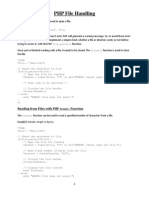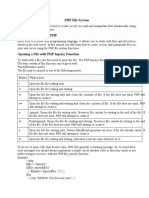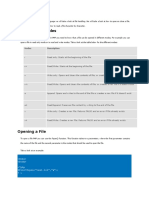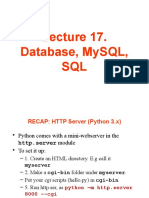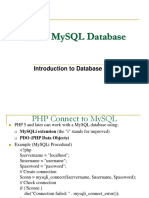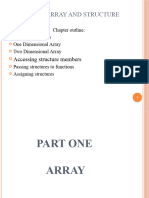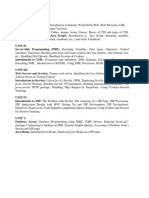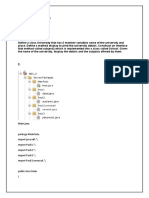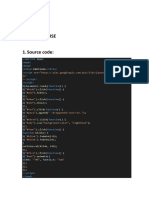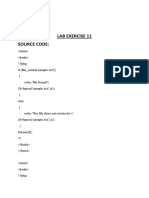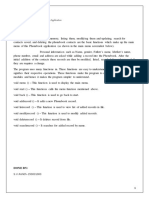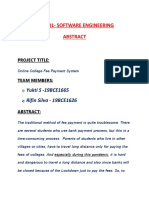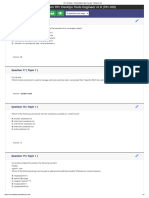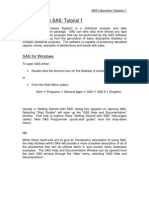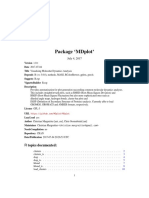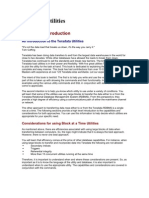0% found this document useful (0 votes)
175 views24 pagesPHP File Handling: Dr. Jenila Livingston L.M. VIT Chennai
The document discusses PHP file handling and file uploading. It covers opening, reading, writing, and closing files. The key steps for file uploading are: 1) Create an HTML form with enctype="multipart/form-data", 2) Specify upload directories and files in PHP, 3) Use move_uploaded_file() to upload the file. Validation checks include verifying the file size and type, and that the file does not already exist.
Uploaded by
Yukti SatheeshCopyright
© © All Rights Reserved
We take content rights seriously. If you suspect this is your content, claim it here.
Available Formats
Download as PDF, TXT or read online on Scribd
0% found this document useful (0 votes)
175 views24 pagesPHP File Handling: Dr. Jenila Livingston L.M. VIT Chennai
The document discusses PHP file handling and file uploading. It covers opening, reading, writing, and closing files. The key steps for file uploading are: 1) Create an HTML form with enctype="multipart/form-data", 2) Specify upload directories and files in PHP, 3) Use move_uploaded_file() to upload the file. Validation checks include verifying the file size and type, and that the file does not already exist.
Uploaded by
Yukti SatheeshCopyright
© © All Rights Reserved
We take content rights seriously. If you suspect this is your content, claim it here.
Available Formats
Download as PDF, TXT or read online on Scribd
/ 24

